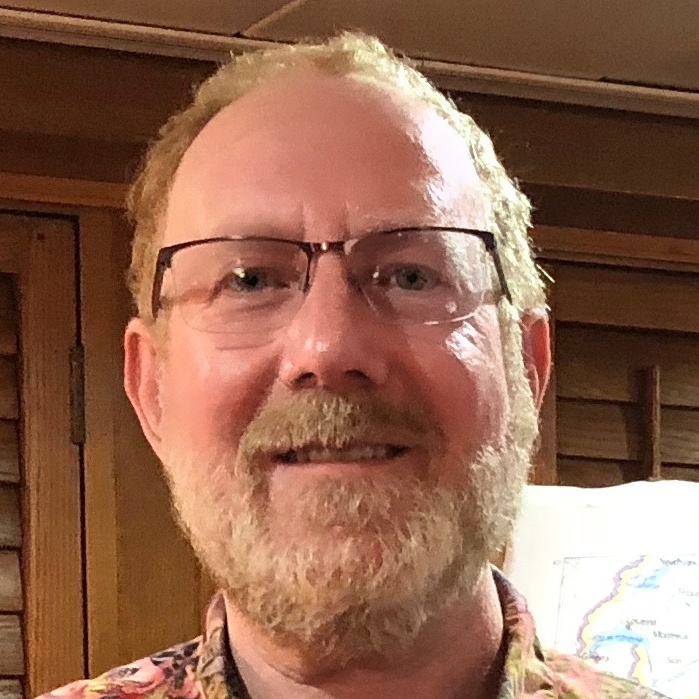
Hi! I’m Steve Lionel and I have been in the Fortran industry for more than four decades. In 1978 I joined Digital Equipment Corporation’s VAX FORTRAN team as a developer on its language support library, finishing off its FORTRAN-77 support. After a stint on Pascal and Ada compilers, I was back on VAX FORTRAN, this time on the compiler team, and eventually became the project lead.
In the early 1990s, as VAX was winding down and DEC’s Alpha processor was rising, I shifted to the DEC Fortran 90 project, which in 1997 begat DIGITAL Visual Fortran, DEC’s first compiler for x86, and nothing was ever the same again. As was often the case at DEC, I wore many hats. In addition to being a developer, I provided customer support, wrote documentation, made customer presentations, and even designed the mousepad we shipped with one version. (Yes, I still have a couple of these.)
The very different market that was Windows prompted me to create new channels for supporting and communicating with our customers. We started an email newsletter, and in the second issue I began writing an advice column I called “Ask Doctor Fortran”. This became immensely popular and over the years I wrote many “Doctor Fortran” pieces explaining interesting aspects of the language. I had also started an online user forum which became very popular.
In 1999, Compaq bought Digital, and though the color of our badges changed, not much else did. But in 2001, Compaq made a deal to sell off most of its Alpha technology to Intel, along with almost the entire Fortran team. Unlike DEC, Intel separated out development and support, so I was offered a choice as to which path to follow. In recent years I had been doing more support and less development, so I chose to join the support team. I still sat in with the compiler developers and continued to contribute to the product here and there. (My last contribution was the run-time part of the Fortran 2018 C Interoperability features.)
Now with Intel, I moved the user forum to a new platform and started writing “Doctor Fortran” as blog posts, often feeding off interesting questions and problems I saw from users. Starting in 2008, I joined the Fortran standards committee as an alternate, later becoming the US committee’s “International Representative”, a liaison between the US committee (PL22.3 or “J3”, an historical name) and the international committee ISO/IEC JTC1/SC22/WG5, at which point I was attending almost every meeting and becoming deeply involved with the standard. I came in at the end of the Fortran 2008 effort, adding a couple of features, and did a lot more for Fortran 2018.
After 38 years of employment, I retired from Intel at the end of 2016. The standards work had been especially rewarding to me, and I was missing it, so I decided to rejoin J3. Initially I was an alternate for Kernelyze, and then I chose to join as my own organization, and on my own nickel (including expenses for travel to meetings.) Just before the 2017 WG5 meeting in Garching, Germany, John Reid, the WG5 Convenor, asked if I would take on the role as he had been doing it for almost 20 years. I agreed and became Convenor later that year.
Even after retirement, I continued to write “Doctor Fortran” posts on the Intel web site, but I’ve decided to give the Doctor his own home on my web site, so here we are. All of my earlier posts are now visible on this site. I always enjoy hearing from people – you can find me on Mastodon, I still participate in the Intel Fortran user forum, Fortran Discourse, and the comp.lang.fortran newsgroup. There’s a Contact form on this site, but please confine messages to things you see on this site or the Fortran language in general. Your comments on my posts are also welcome.
